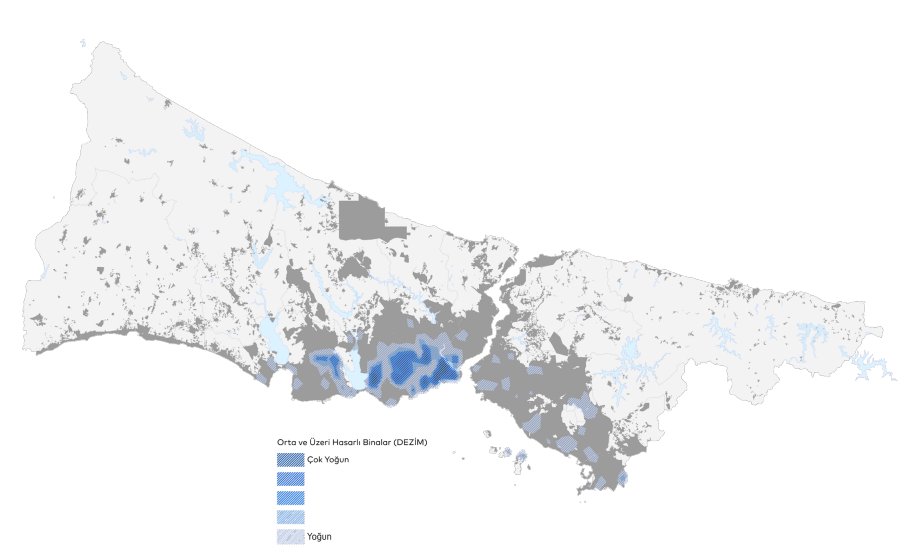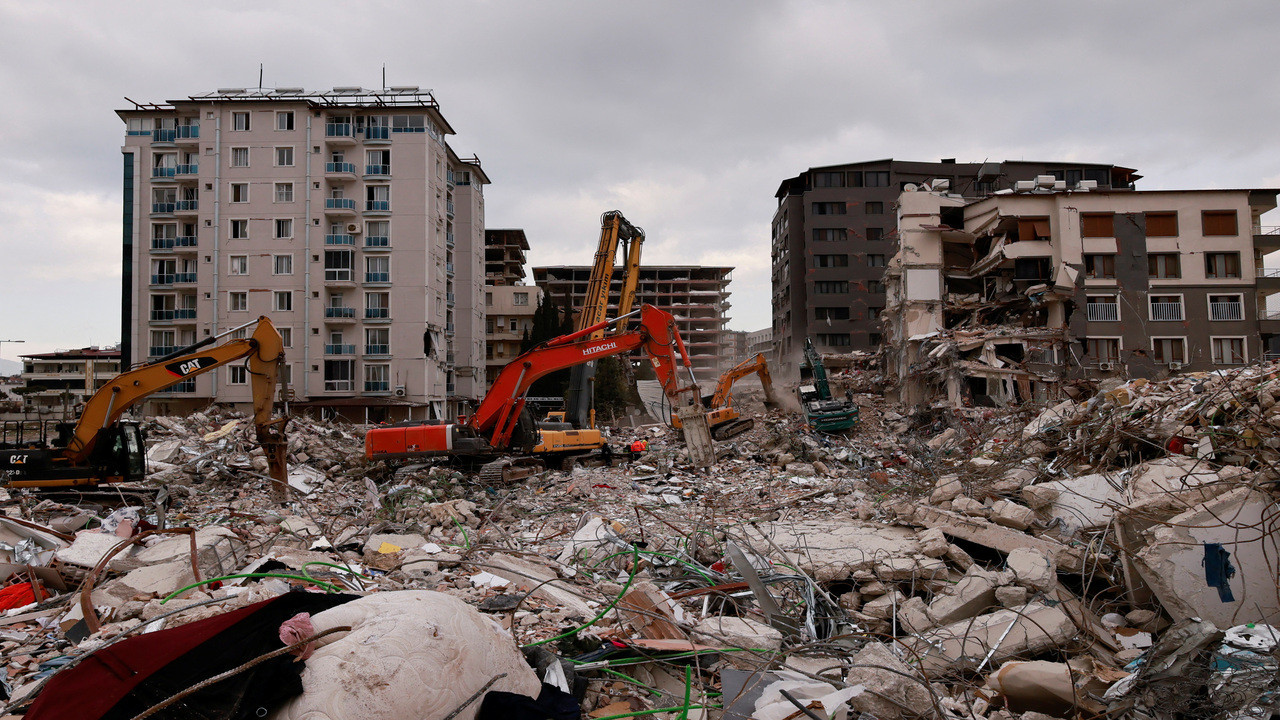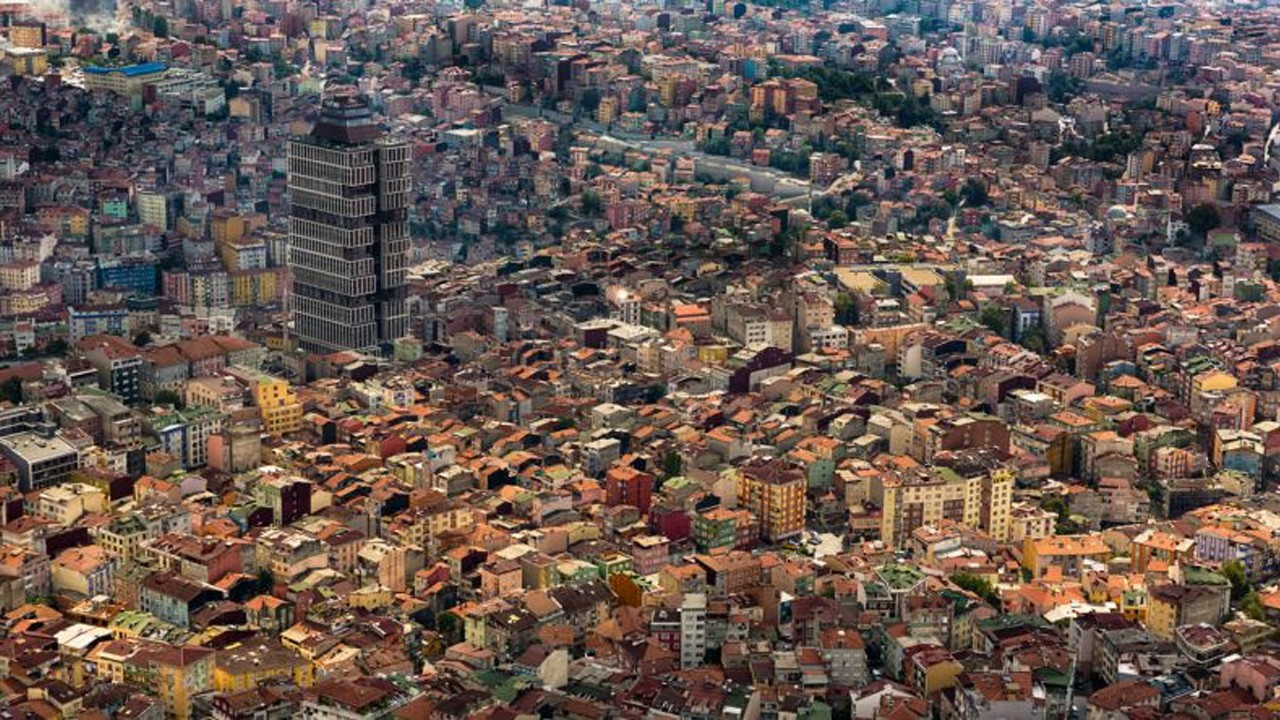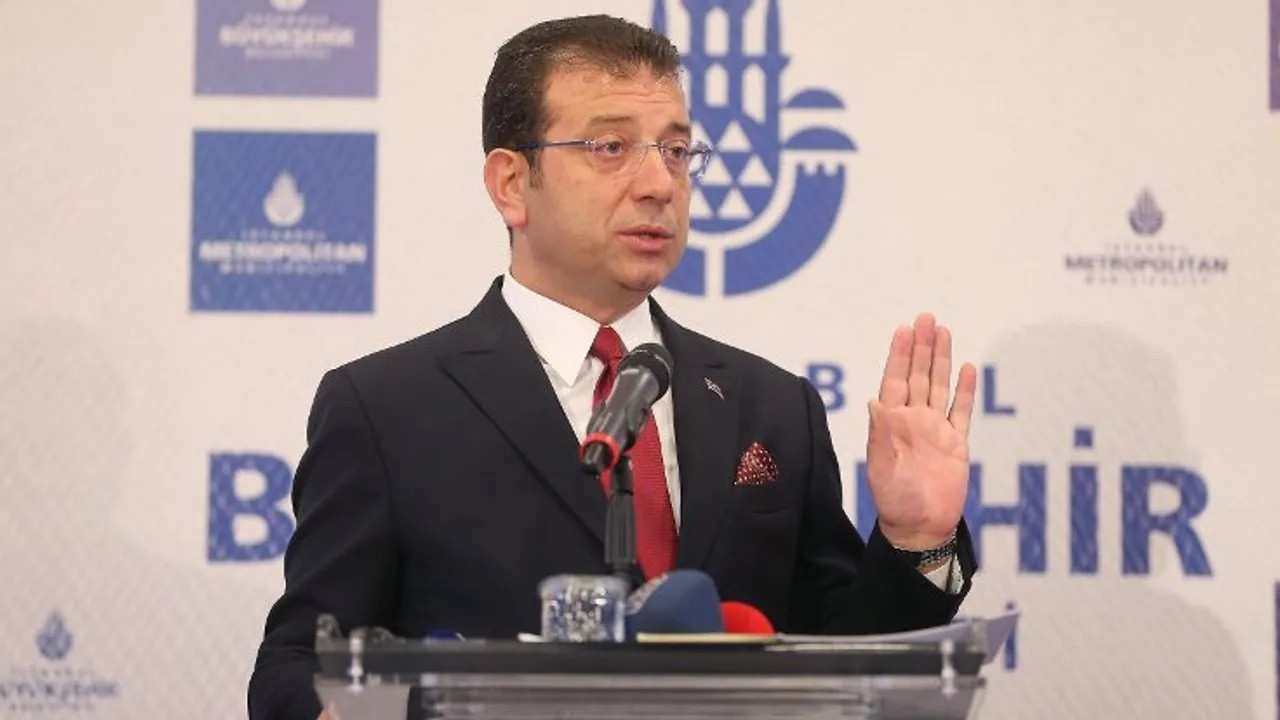AKP plans massive property transfer in Istanbul through urban renewal projects
According to the new law amendment proposed by the ruling AKP, areas with risk-free buildings, parks and military areas can be declared as reserve areas for urban transformation "against earthquake risk." Many critics has asserted that the government was set to transfer lucrative lands to groups close to the AKP.
Duvar English
The ruling Justice and Development Party’s (AKP) proposal to amend the Law on the Transformation of Areas Under Disaster Risk, was accepted by the Parliamentary Commission on Public Works, Zoning, Transport and Tourism and sent to the Parliament.
According to the proposal, the government would be able to declare areas with risk-free buildings, parks and military areas as reserve areas for urban transformation "against earthquake risk in megacity Istanbul.
People whose houses are in the reserve areas would have to leave within 90 days.
Critics maintained that the drastic urban transformation in Istanbul, which started with the aforementioned law enacted in 2012, has reached its geographical and economic limits and government sought new rent areas.
The AKP has created a close circle of construction firms especially owned by those who are close to party and awarded tenders of mega projects to them since it came to power.
In the current practice, “there should be no building on the land and it should be located outside the residential area” in order for a place to be a reserve area.
With the new law, urban transformation would also be possible in the city center with high rent value, even if there is no earthquake risk, and a large transfer of ownership will be arranged.
Many times in the past, urban transformation projects were carried out in Istanbul’s low-income neighborhoods and luxury housing, business centers and shopping malls were built in these areas.
Esin Köymen, President of the Istanbul Branch of the Chamber of Architects, stated, "Companies with high income groups and the upper class will take the city centers, while the low-income people will be pushed to the peripheries of the city."
According to Köymen, it will be much faster for the government to intervene in areas belonging to municipalities that were not controlled by the AKP. In areas where opposition control the municipalities, property changes would take place very quickly and the government will issue building licenses, thus usurping the duties of the municipalities.
At least 350,000 houses of Istanbulites to be relocated
According to a study conducted by the Istanbul Planning Agency (IPA) affiliated to the Istanbul Metropolitan Municipality (İBB), the number of areas with priority risky that need to be transformed in Istanbul was 142. On the other hand, the number of risky areas declared by the Environment, Urbanization and Climate Change Ministry was 69 and the number of reserve areas was 127.

To date, 78 recreational areas, 17 of which are parks and green areas and eight of which are military zones, have been opened for development on the grounds of earthquake. While the state has produced four projects in these areas, the remaining 72 projects have been organized by construction companies close to the AKP.
Again, only 15 percent of the 50,000 houses built by state-run construction giant Public Housing Development Administration (TOKİ) and 39,000 houses still under construction were related to urban transformation. With a seven-fold increase in construction area in 18 years, Istanbul has lost 10 percent of its forest areas and 23 percent of its agricultural areas.
Immediately after the Feb. 6 earthquakes, President Recep Tayyip Erdoğan said that they would build two new cities of 500,000 housed each on both sides of Istanbul. Former Environment, Climate and Urbanization Minister Murat Kurum stated, "We will build 500,000 of the 1.5 million houses on the European side and 500,000 on the Anatolian side. Remaining 500,000 houses will be transformed on site. We will realize this within five years."
In the first stage, 600,00 houses will be demolished within eight months. Instead of these, reserve areas with 150,000 houses on the Anatolian side and 200,000 houses on the European side have been determined. In short, the inhabitants of 350,000 houses will be relocated.

 Housing tenders in earthquake zone mostly awarded to companies close to AKPDomestic
Housing tenders in earthquake zone mostly awarded to companies close to AKPDomestic 2.5 million people will face danger of death in expected major Istanbul quake, veteran seismologist warnsDomestic
2.5 million people will face danger of death in expected major Istanbul quake, veteran seismologist warnsDomestic Istanbul Mayor warns about risk of 90,000 buildings collapsing in expected major quakeDomestic
Istanbul Mayor warns about risk of 90,000 buildings collapsing in expected major quakeDomestic